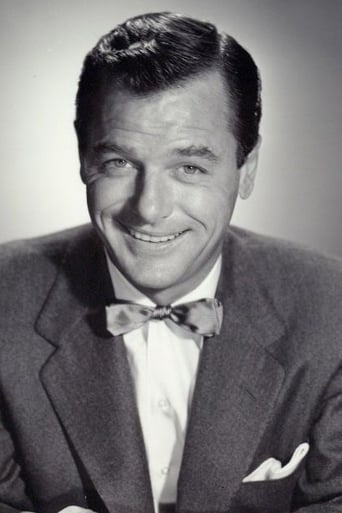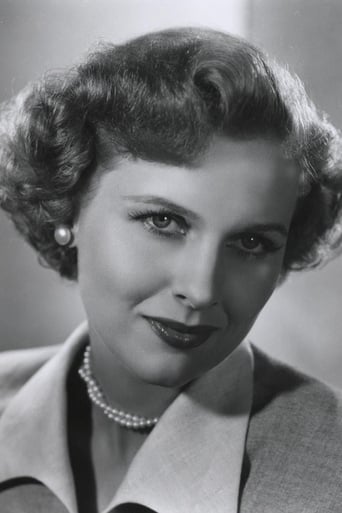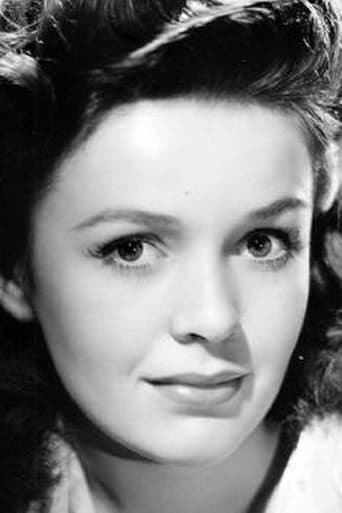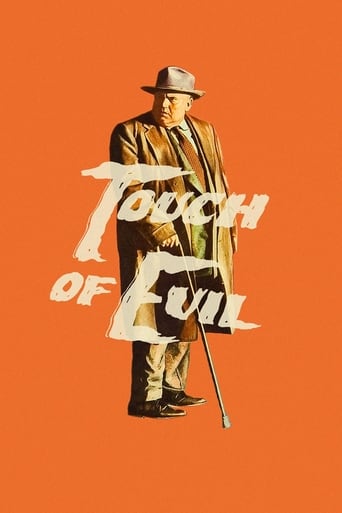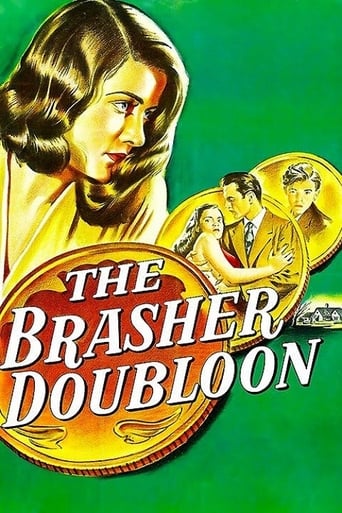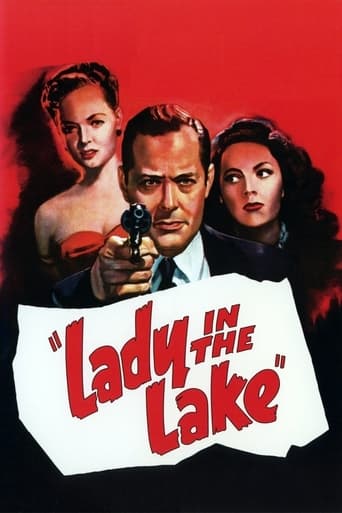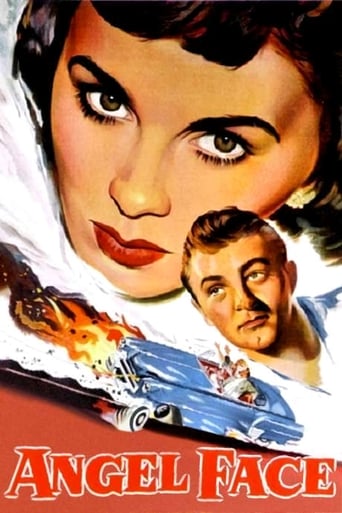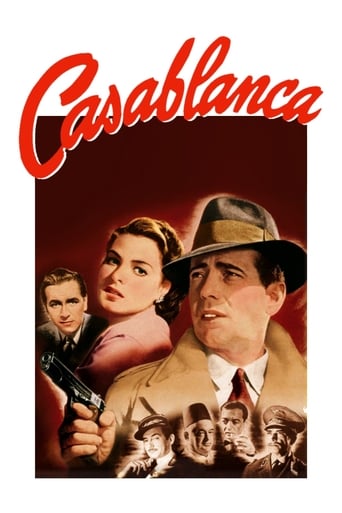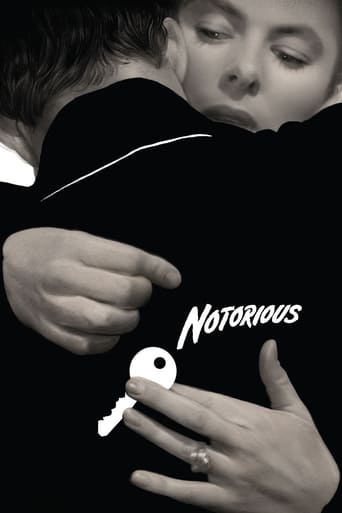
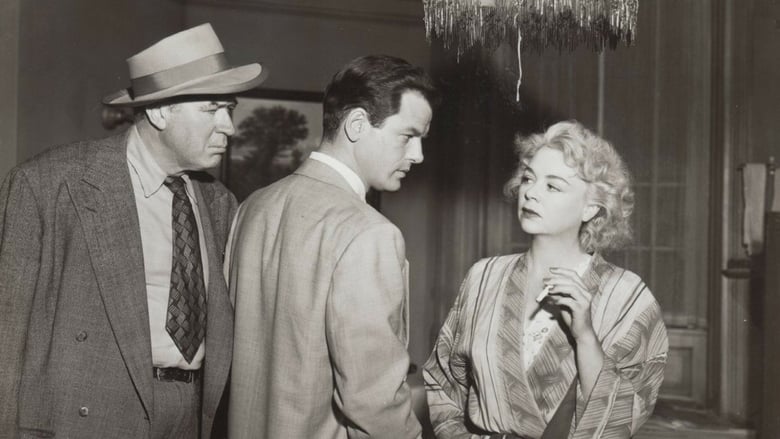
Hunt the Man Down (1950)
A lawyer uncovers secrets behind a 12-year-old murder case.
Watch Trailer
Cast
Similar titles
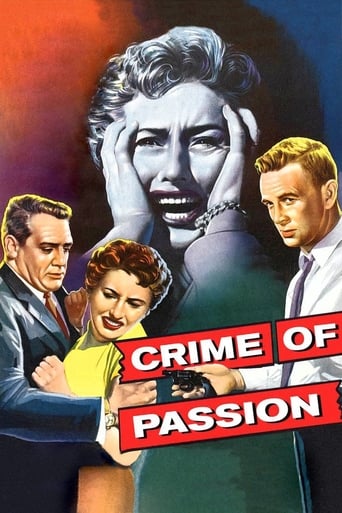
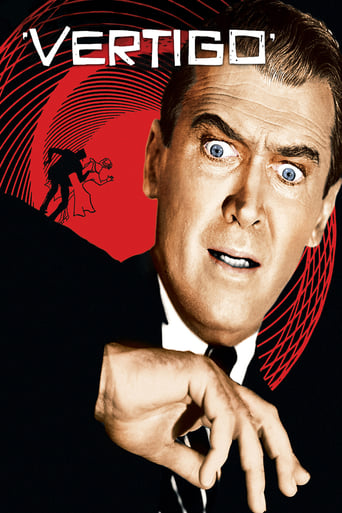
Reviews
Surprisingly incoherent and boring
A Masterpiece!
A movie that not only functions as a solid scarefest but a razor-sharp satire.
Although I seem to have had higher expectations than I thought, the movie is super entertaining.
Gig Young stars with Lynne Roberts, Mary Anderson, and Gerald Mohr in "Hunt the Man Down," a 1950 B film.James Anderson is an escaped criminal who makes a mistake by stopping a robbery where he is working. His face is shown in the newspaper, and he's immediately recognized by law enforcement as Richard Kincaid, who was on trial for murder and escaped 12 years earlier.Anderson is assigned a public defender, Paul Bennett (Young) who listens to his story carefully. Anderson met some strangers who invited him to a party; he was in an altercation with the husband of a woman he was dancing with; Anderson took a gun away from the man and left, after threatening to kill the man himself. He threw the gun on the bed, though no one admitted seeing it, but later, the husband was found dead. It's a tough story to break, and it falls to Bennett and an old detective (Harry Shannon) to find the witnesses. Twelve years earlier, they had been couples; now, one man (Willard Parker) was blind from the war and believed his wife (Cleo Moore) dead (though she had left him), the victim's wife had remarried a man at the party (Gerald Mohr) who had dated someone else; another had split with his wife and had become an alcoholic.The detective and Bennett realized they were on to something when the witnesses started being attacked and/or killed.Someone on this board said Gig Young made a bland Robert Mitchum type in this noir. The way this was directed was less noir and more documentary, which was a style for crime films around this time. For that style, Young seemed right and very public defender-like.The one thing never addressed was why the wife and her husband, the man killed, slept in separate rooms. I mean, wouldn't someone have asked about that?One character in this film was mentally unstable, but I can't figure out from the cast list which one she was. It's just as well -- her acting was abominable, totally off the wall.This film comes to the defense, as it were, of public defenders, a much maligned group. So often in the media, they are denigrated and shown as the reason people are found guilty.My sister worked for the PD office and would often hear from potential clients, should I use a public defender or a real lawyer? Public defenders in my sister's office won more cases than they lost; they are hard-working people and interested in their clients and in justice, not in money. It's a shame that this wasn't an important film, as it's a point that needs to be driven home.
Calling this movie a noir is drawing a long bow in my opinion but it is a terrific little movie whose compact length keeps it tight and exciting. Gig Young, one of the few "name" stars in this movie, was excellent as a young public attorney, Bennett, who, along with his father, a retired policeman, proceeds to hunt the man (or woman) down as he tries to unravel an eight year old murder mystery.Bill Jackson (James Anderson) a dishwasher at a local bar thwarts a robbery and reluctantly finds himself a hero with his picture in the papers. He has good reason to be reluctant - eight years before, as Richard Kincaid, he escaped from police custody where he was being held for murder. When he is re-arrested he still maintains his innocence and his story of a chance meeting with a group of friends at a bar has a ring of truth. Bennett believes him and attempts to track down the 7 people with varying results. Mr. Popularity (John Kellogg) has turned into a hopeless alcoholic, his adoring wife (Mary Anderson) is still adoring but finds it safer to lead a new life under a different name. The college athlete (Willard Parker) has returned from the war a blinded veteran and is now a book binder and his girl (Cleo Moore) has died - or so he has been told!!! The last couple, the quiet ones - she has moved away and Walter (Gerald Mohr) is now wealthy and his present wife was the young wife of the murdered man. Kincaid was accused by the man of having an affair with his wife and he then hastily left the party before the murder took place.I admit there was a bit of a problem keeping track of who was who. For a start they all actually looked as though they had aged 8 years and because none of the actors and actresses ever became household names it was hard to tell them apart. There were exceptions - Gerald Mohr's resemblance to Humphrey Bogart helped him become a familiar face in 1950s movies and TV, he always played the slick shyster. Cleo Moore started her career as a blonde bombshell in several of the Joe MacDoakes shorts and for a while, in the 50s, had the dubious honour of being Hugo Haas' muse in movies like "Bait", "One Girl's Confession" etc. And if that is not the notorious Lila Leeds as one of the prison visitors, I'll eat my hat!!!
Hunt The Man Down is a routine little noir of slightly more than an hour in length but rich in its characterizations so not a total waste of time. It's a strange combination of Call Northside 777 and Chandler's Farewell My Lovely which was filmed as Murder My Sweet. A short order cook in a one arm joint thwarts an armed robber and his photo in the paper reveals him to be an escaped murderer who escaped his trial 12 years previously just before the verdict was to be read. Now if you ignore the plot hole that a man wanted and nearly convicted of murder and facing the gas chamber would stick around Los Angeles you can watch him as he passively is rearrested. He draws Gig Young as his public defender who, though initially skeptical of his client's innocence, goes about proving it. The writer was a hack who slid into TV series easily as did the veteran hack director, George Archainbaud who had been making "B" pictures and western programmers as long ago as 1917. The cinematographer was a genius, Nick Musuraca, and the playing by a phalanx of character actors, most of whom I believe were radio regulars, including the estimable Iris Adrian, make this a very enjoyable little picture. Veteran oh-I-know-him villain Gerald Mohr, who had been in hundreds of radio plays and series and who was the stentorian voice over at the beginning of TV's The Lone Ranger, many of which were also directed by Archainbaud, makes a rare benign appearance.It doesn't hurt that there is a lot of filming done on the 1950 streets of Los Angeles. And not just the usual recognizable landmarks but places with a breathtaking ordinariness that are somehow even more interesting than seeing an exterior of the Brown Derby. The film can't pretend that its anything other than a piece of work. By 1949 20 % of films were independently produced. By 1957 it was up to 57%. Pushed by the Paramount consent agreement and headed for TV, cut price films were being churned out. It's merely a coincidence that Hunt the Man Down was made in the middle of the noir era. A few years later and it would have been a cheap western or sci fi horror picture. Hunt The Man Down shares many of the budgetary virtues of other noirs: concise storytelling, brisk pacing, location shooting, lack of distracting sub-plots and themes, no nonsense acting. The cinematography is wonderful which is consistent with classic noirs and the direction is uninspired but competent which is all that's needed for a decent noir. The writing is passable because, as they say, the writer stole from the best. There is one superb line, however. A witness is in a bar drinking and Gig Young's father is trying to get him away by promising him better liqueur and the man agrees, saying "You're right, I've drunk better alcohol out of compasses". A jewel in a dung heap. Hunt the Man Down was also made during the black list era and what better a match-up than an outlaw writer and a cheap producer. I don't know if the writer was a front or if the script was subjected to a polish job by a blacklisted writer. Only time will tell.The courtroom denouement is more than just a little over the top but its all wrapped up so neatly and so quickly so where's the complaint? And Gig Young's father, a retired one armed police detective, is played by Harry Shannon who also played the father of Charles Foster Kane. If you love noirs you will enjoy this film but if you expect profound cinematic art you will be disappointed.
The main shortcoming of Hunt The Man Down is that it's too short. It tells the attempt to exonerate a man of a crime committed a dozen years earlier, half a dozen eye-witnesses to which have long since scattered. That's a lot a backstory to cram into a scant 68 minutes programmer length when the plot to unfurl is almost as complicated as The Killing or Out of the Past. Despite some nicely observed detail, ranging from Los Angeles' Skid Row to Beverly Hills estates where maids stand by swimming pools with towels on their arm, the many characters don't get their due Hunt The Man Down becomes less complex than confusing.James Anderson, working as a dishwasher in a bar that's held up after hours, shoots and kills the intruder; in the resultant publicity, he's spotted as the man who went on the lam before being sentenced for murder some years before. It falls to the public defender (Gig Young) to prove his innocence. With the help of his father, a one-armed retired cop (Harry Shannon), he tries to locate the guests at the impromptu drinking party in 1938 which (as such shindigs so often do) ended in the violent death of one of the merry-makers. He finds the original witnesses elusive, dissembling, deranged or dead. He also finds that, once a habit for homicide takes hold, it's hard to break....Though Young looks, well, young, he was 37 at the time, with close to two dozen movies behind him. He's still far and away the best-known member of the cast, with the exception of Iris Adrian (as a streel) and Cleo Moore (who shows up for the concluding courtroom scene in a knock-em-dead black number, topped off by the sort of hat worn only by floozies in witness boxes). The movie could have used more of her, and of Adrian. For that matter, it could have used more of just about everything.
